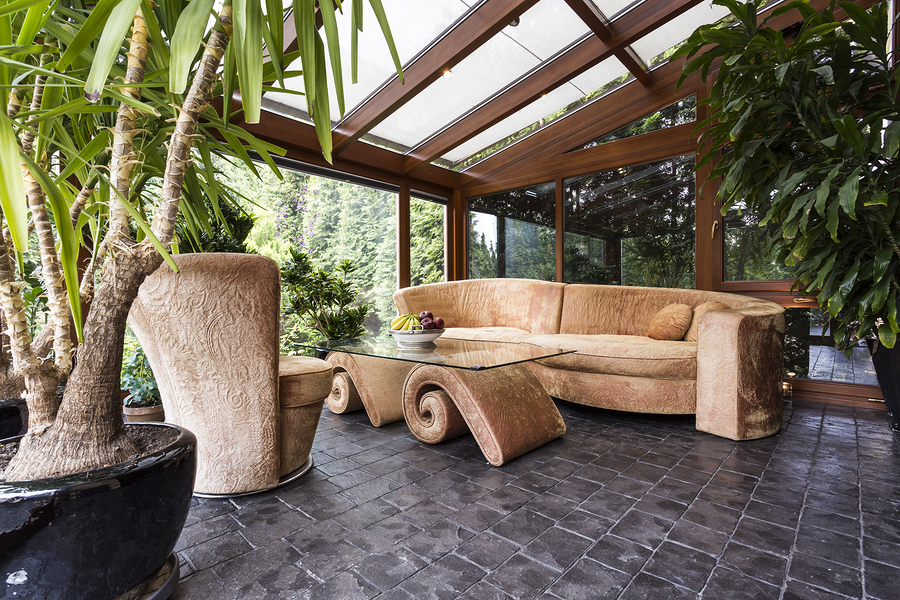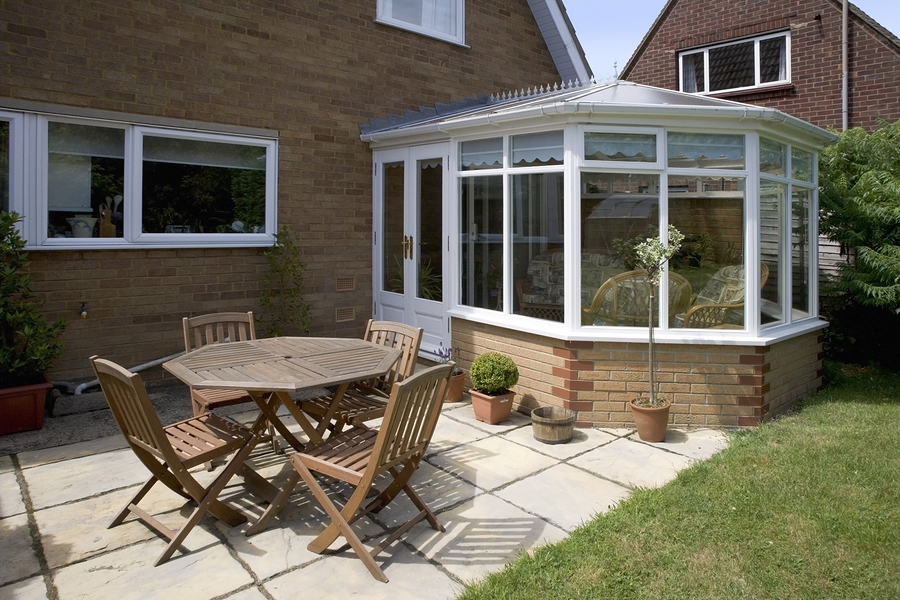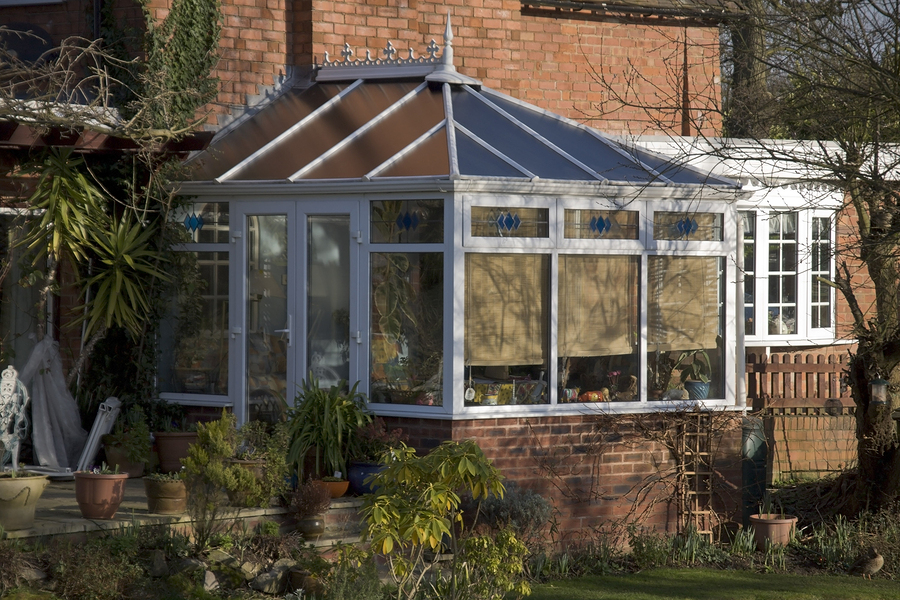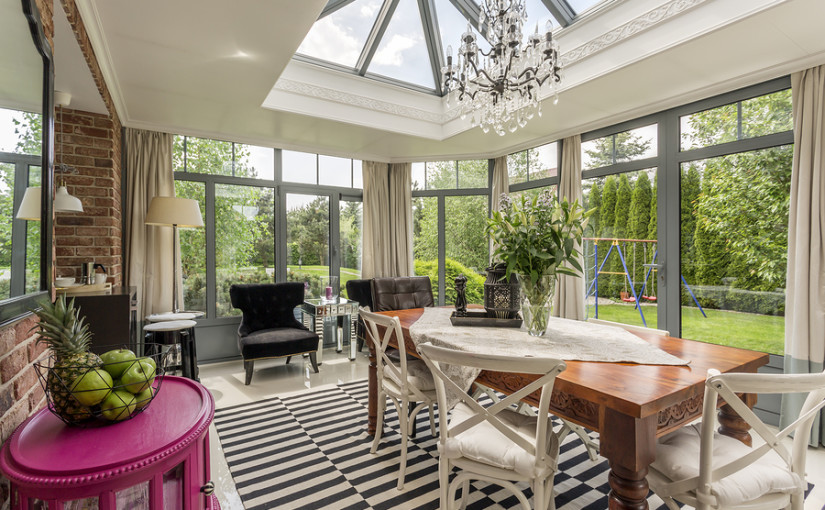The UK can thank the North Atlantic Drift, an extension of the Gulf Stream, for its temperate climate, with winters significantly warmer than you’d expect in a country this far north.
Unfortunately for sun-lovers, the summers are temperate too, and if you want to enjoy the warmth of the British summertime sun at its best, you’ll need a summer house, garden room or conservatory.
In this article we take a look at some of the things you might want to keep in mind when building a conservatory in particular, as these are typically attached to your house and serve as an extension as well as a garden room.
Brick or plastic?
You might think a brick conservatory is just a side extension on a house, but there are good reasons to consider building a partial brick wall, with the frame of the conservatory on top.
A so-called ‘dwarf wall’ gives a firm foundation and you can use the same style of brick as your house, so the conservatory looks like a permanent fixture and not just an add-on.
This also means you don’t continually need to clean the glass and uPVC down at ground level every time it rains, as there’s enough clearance to avoid mud and dirt splashing up onto it so easily.

Under foot
Give some thought to your floor, including the sub-layer base, as you may need to excavate down 150-200 mm and hire a skip to get rid of the soil and any plant matter you dig out.
A concrete base is nice and solid but can sap heat out of the floor, so consider insulation or even under floor heating to keep your conservatory cosy and usable even throughout the winter months.
Light and access

Remember your conservatory, if it is built on the back or side of your house, will effectively turn the exterior wall into an interior wall, so think about whether that will reduce the natural light in your dining room (or any other downstairs interior room adjacent to your conservatory).
Careful planning can make sure light is still allowed in through what were formerly exterior windows, or reflected in via light wells and clever use of mirrors and other bright or reflective surface finishes.
Think about access to your property – will it be inconvenient if you have to pass through your conservatory every time you go in or out? Can you make sure your home is still as secure if the conservatory is your main point of entry?
Planning permission
Finally, make sure you have planning permission, or check that you don’t need it, as is the case with some garden structures – the size of your conservatory and its size in comparison to the overall size of your garden will all have an impact on this too.
With a bit of forethought, there’s no reason why building a conservatory should be too hard, even if you decide to go down the DIY route, so you can look forward to some warm and sunny days this coming summer and beyond.

